Integral to the team behind stunning images of the universe taken by the James Webb Telescope is an Indian scientist whose tryst with space research began in the backyard of her ancestral home in Lucknow
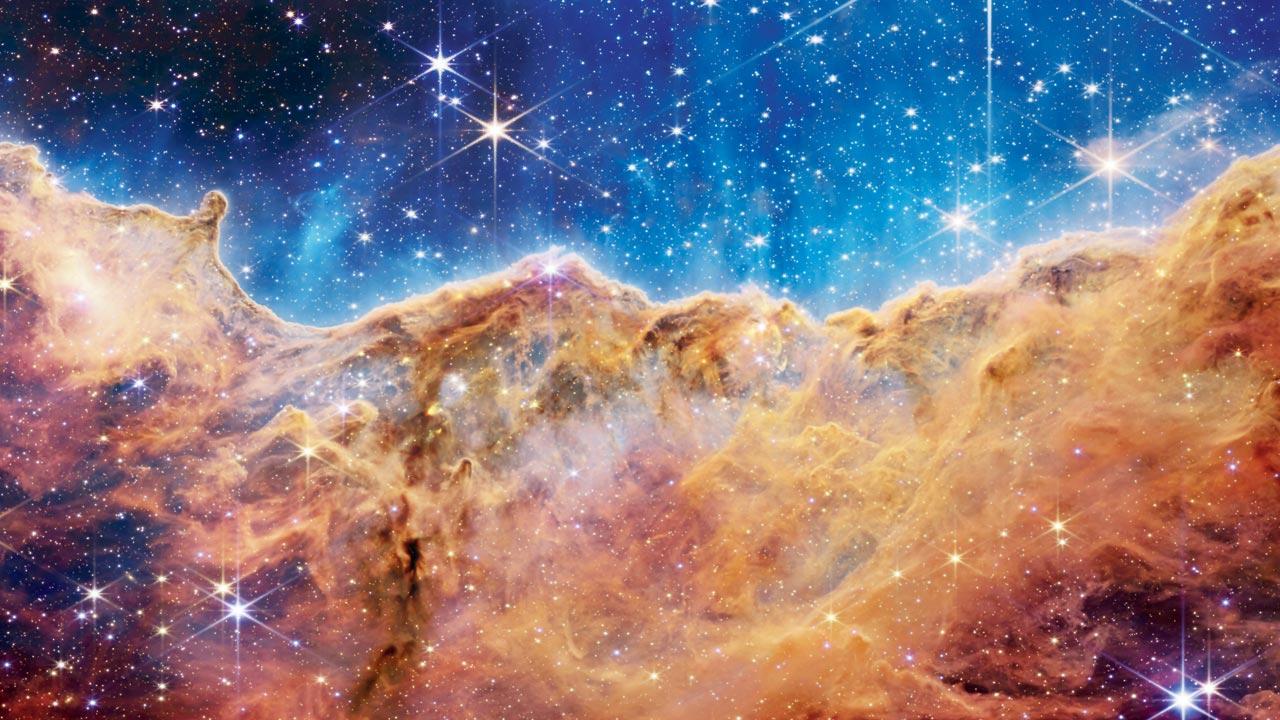
In this handout photo provided by NASA on July 12, 2022, a landscape of mountains and valleys speckled with glittering stars is actually the edge of a nearby, young, star-forming region called NGC 3324 in the Carina Nebula. Captured in infrared light by NASA’s new James Webb Space Telescope, this image reveals for the first time previously invisible areas of star birth. Pic/Getty Images
Her two pigtails dangling to the sides, Dr Hashima Hasan, who was still a preschooler then, remembers tip-toeing behind her grandmother to the backyard of their home in Hazratganj, Lucknow, on the warm night of October 4, 1957. The Soviet Union had launched its first artificial satellite, Sputnik I, and her grandmother had assured her a sighting. To this day, Hasan can recall how the Sputnik I shot like a star in the sky, leaving behind a glittery tail. It was a moment cast in history. Little did she know then that she would someday redefine the way we see the universe.
ADVERTISEMENT
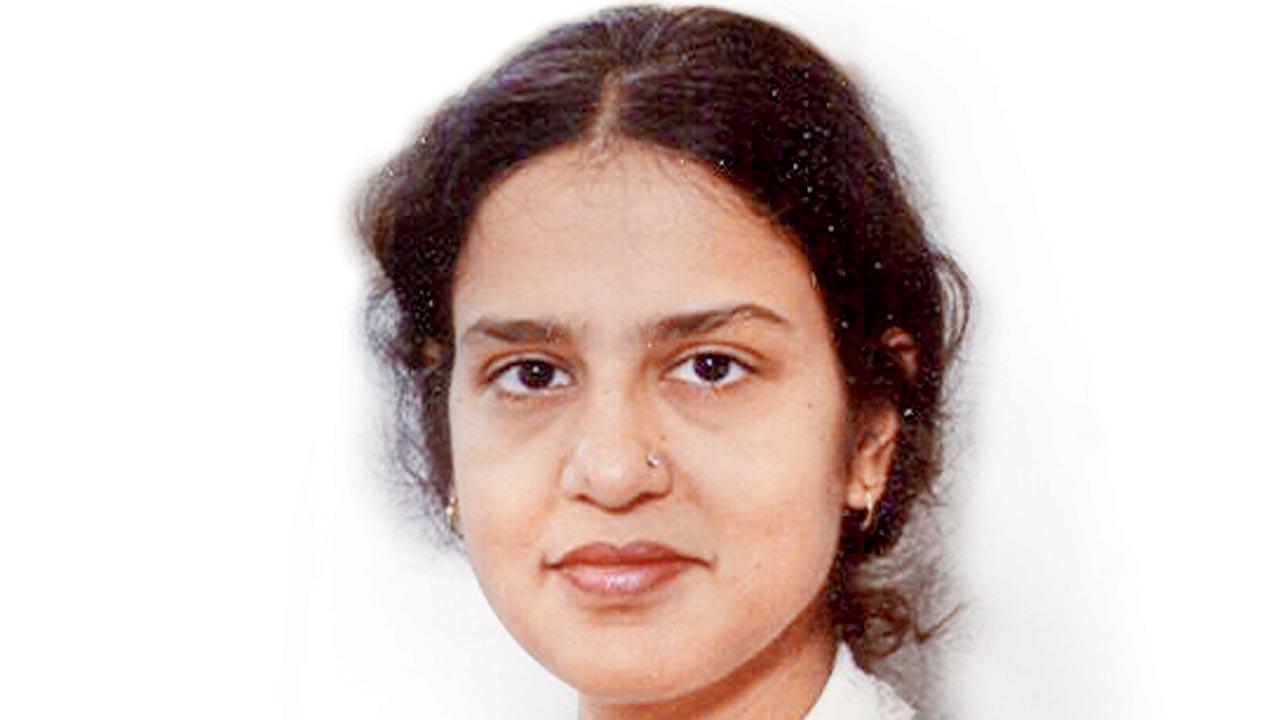
A young Dr Hashima Hasan, now Deputy Programme Scientist on the James Webb Telescope, worked at TIFR and Bhabha Atomic Research Centre in Mumbai in the 1980s
Hasan works as Deputy Programme Scientist on the James Webb Telescope—the largest optical telescope in space—launched by the National Aeronautics and Space Administration (NASA) on an Ariane 5 rocket, from Europe’s Spaceport in French Guiana, South America on December 25, 2021. The project was part of an international partnership with the European Space Agency (ESA), Canadian Space Agency (CSA) and Space Telescope Science Institute (STScI).
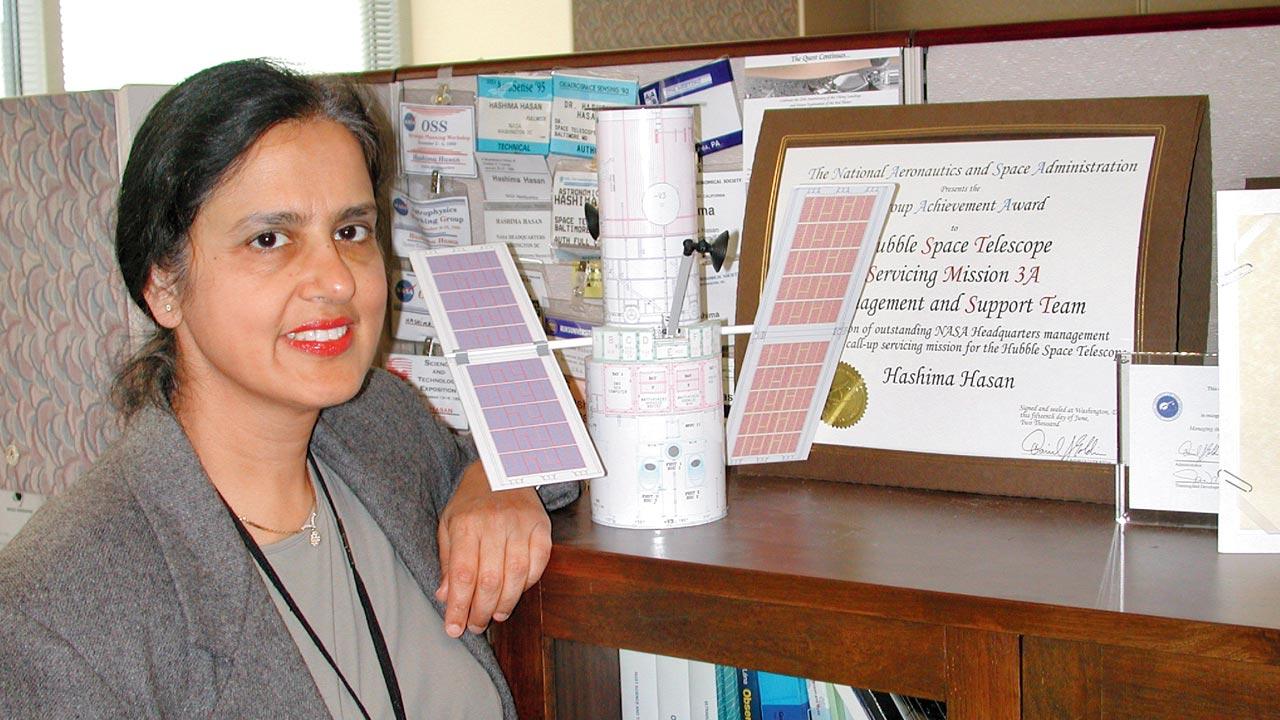
Dr Hashima Hasan with NASA Administrator Astronaut Charles Bolden
Last week, James Webb Telescope released five mesmerising images of the universe, which are said to be the “deepest and sharpest infrared views” ever taken.
“When I first saw the images as they were captured and processed for viewing, I was left spellbound. It was a moment out of the ordinary. Something beyond all our imaginations,” says Hasan during an early morning video call from Washington DC, where she now resides. “We [the team] were not in the same room due to COVID-19 restrictions, but I was indeed amazed to see the images on my home computer. A team of us had got together over a year ago [even before the telescope was launched] to discuss early release observations and to decipher what could be good images to release to the public. Back then, even we didn’t know the depth of detail that the telescope would provide,” she shares.
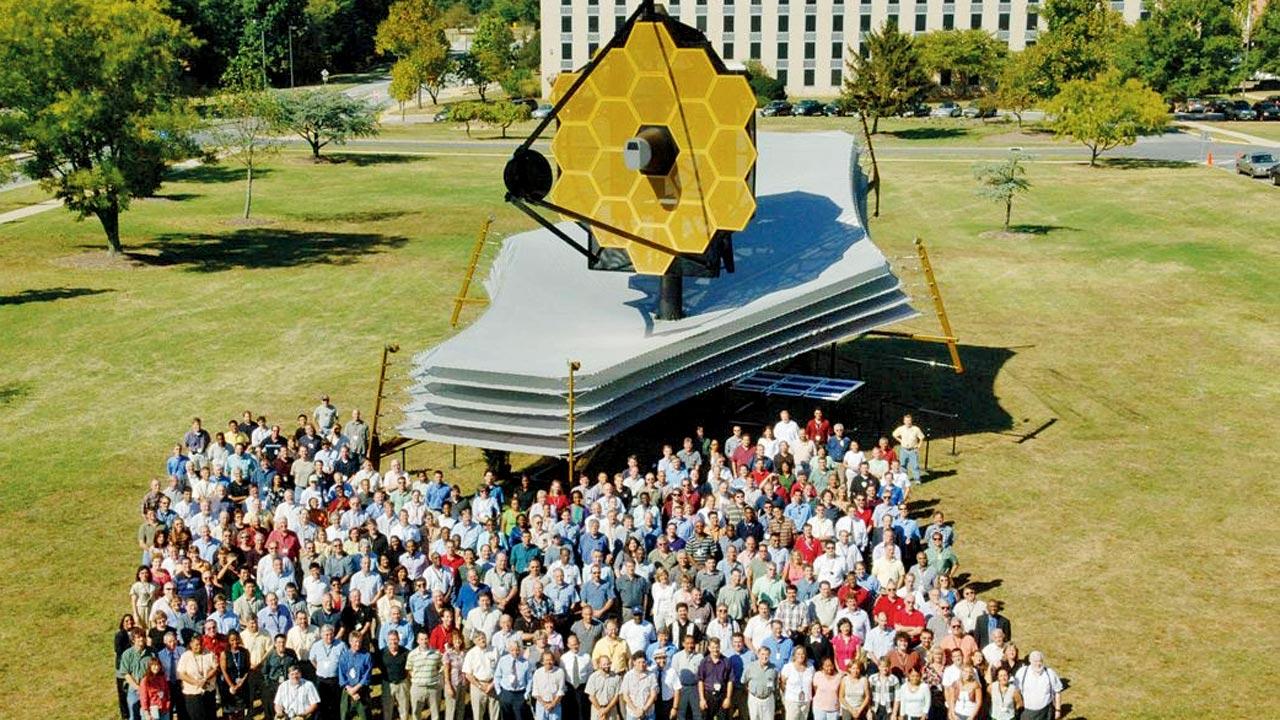
The James Webb Telescope team standing in front of the full scale telescope model at the Goddard Space Flight Centre in Maryland
According to the NASA, “After completing a complex deployment sequence in space, Webb underwent months of commissioning where its mirrors were aligned, and its instruments were calibrated to its space environment and prepared for science”. Once that was done, it took the telescope less than a day—12.5 hours approximately—to reproduce the universe in images.

Hasan with the NASA Achievement Award for Hubble Space Telescope Servicing Mission 3A
From the galaxies interacting with one another, the star birth region to even a sharp image of Jupiter with its moon Europa, the James Webb Telescope was able to reveal the capacity of all its four highly advanced scientific instruments and 17 modes.
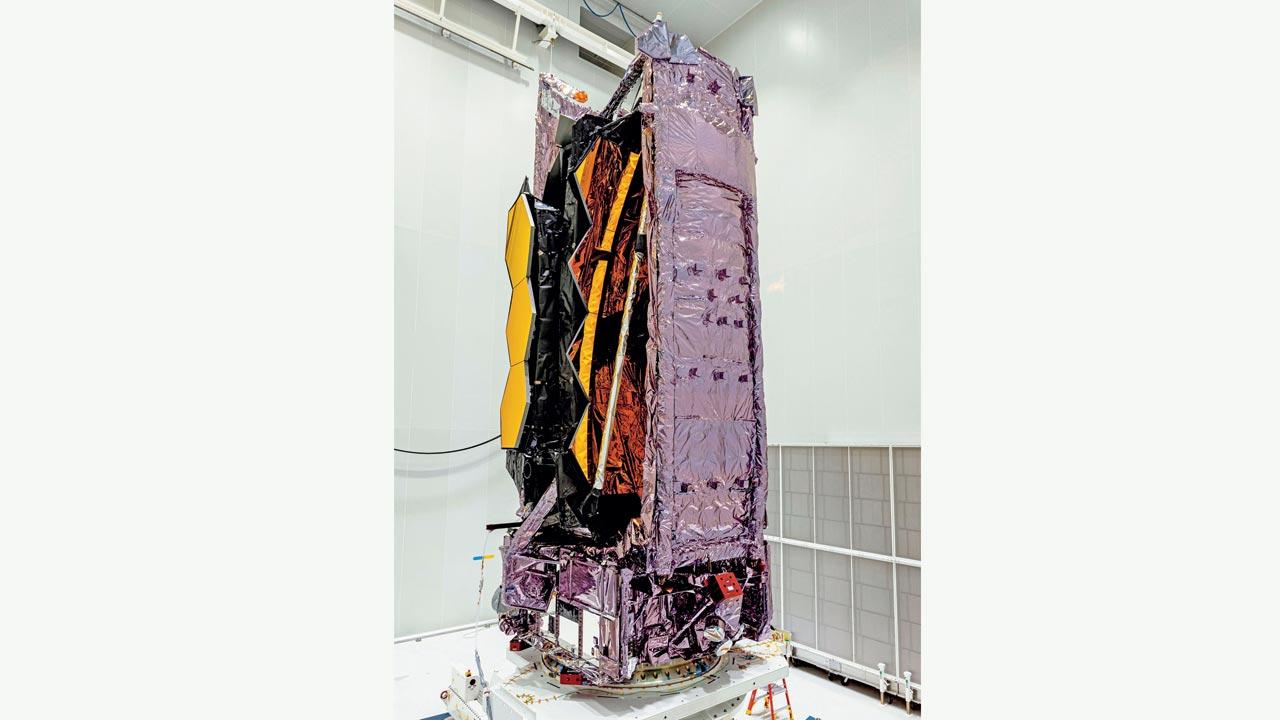
The James Webb Space Telescope at the Guiana Space Centre, Kourou, French Guiana on November 5, 2021, where it was being tested and verified ahead of a scheduled launch. Pic/Getty Images
The images include the SMACS 0723, the sharpest infrared image of the distant universe so far; WASP-96b (spectrum), Webb’s detailed observation of this hot, puffy planet outside our solar system reveals the clear signature of water, along with evidence of haze and clouds that previous studies of this planet did not detect; and the Southern Ring Nebula, an expanding cloud of gas that surrounds a dying star, and which is approximately 2,000 light years away. Webb’s powerful infrared eyes also captured the Stephan’s Quintet, a compact group of galaxies interacting with one another, located in the constellation Pegasus; and Carina Nebula, its cosmic cliffs unveiled the earliest, rapid phases of star formation that were previously hidden.
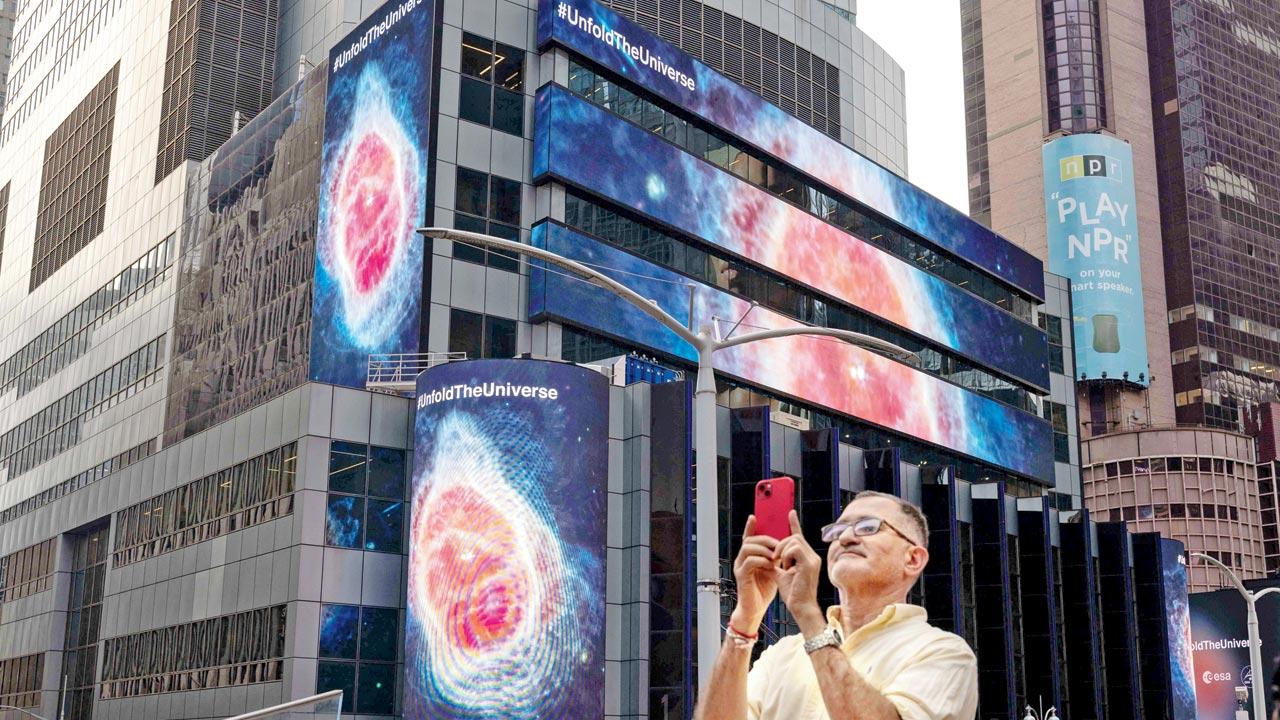
Images captured by the James Webb Space Telescope were displayed on screens at Times Square on July 12, 2022 in New York. The new images demonstrated the full power of the $10 billion observatory, which uses infrared cameras to gaze into the distant universe with unprecedented clarity. Pic/Getty Images
According to Hasan, there is a gradual plan to roll out more images for the public in the forthcoming days. “These images address the main science goals of the telescope, which are to study the first stars and galaxies that were formed and how galaxies evolved. Did the black hole come first or the galaxies came first? How our planetary systems are formed including our own and those around other stars. How elements of life were formed and several such thrilling and fundamental questions human beings have been pondering over since forever. The Webb telescope will put forth the way our world will look at the outer space. This is just the tip of the iceberg,” Hasan adds.

Deepest and sharpest infrared image of the distant universe to date. Known as Webb’s First Deep Field, this image of galaxy cluster SMACS 0723 is overflowing with detail. Thousands of galaxies—including the faintest objects ever observed in the infrared—have appeared in Webb’s view for the first time. This slice of the vast universe covers a patch of sky approximately the size of a grain of sand held at arm’s length by someone on the ground
As the Deputy Programme Scientist on the telescope, Hasan’s role was preliminary, detailed and began much before the telescope was launched. “Our job is to ensure that the science of the mission is achieved. We take the mission from the cradle to the grave. At the onset, we decide what science will be put to effect in the mission. We get the top astronomers to decide the science goals and then based on those goals, the instruments and telescope decisions are made. After the telescope was launched in space, from March till May, we were commissioning the instruments and getting them to focus. By the end of June we were ready and on July 12 the images were released. Data of early science is now released too and scientists are grabbing on to it for analysis. In fact, anyone in the public can get hold of the data and analyse it through the Mikulski Archive for Space Telescopes (MAST) maintained by Space Telescope Scientific Institute in Baltimore,” she says.
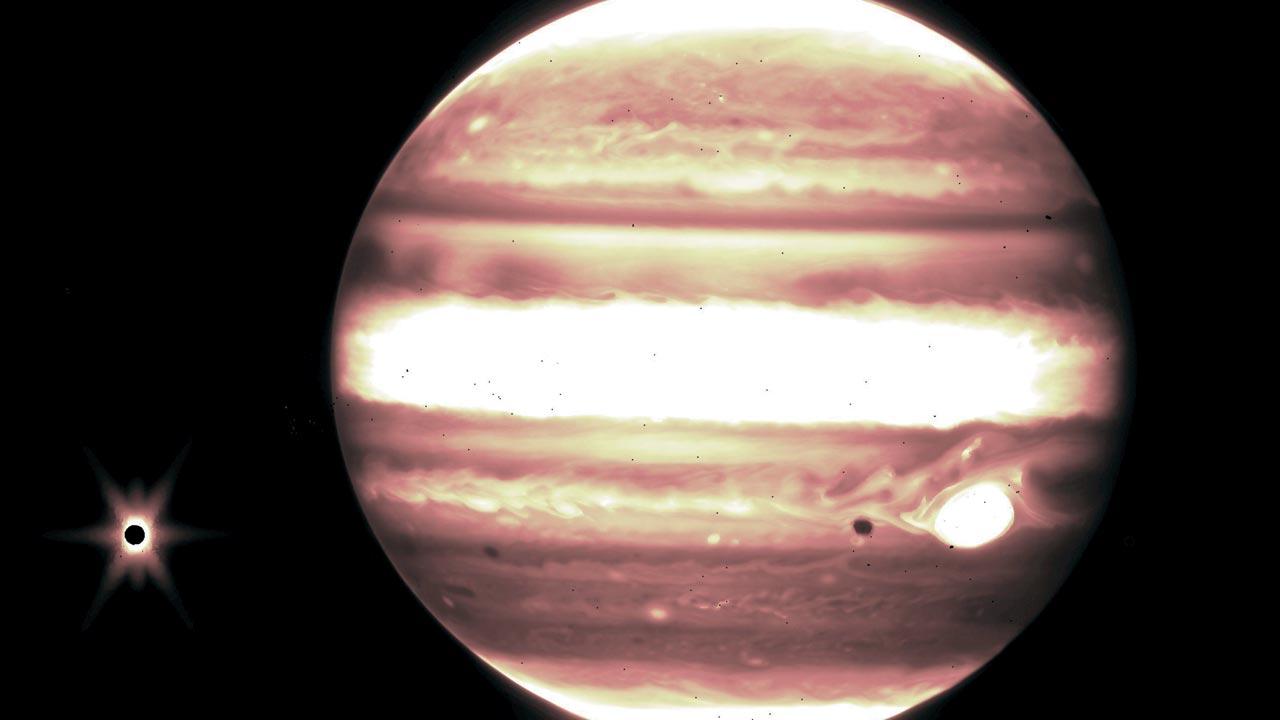
NASA’s release of Jupiter and its moon Europa’s image
Hasan love for science is the gift of people who crossed her path at different points in her life. At Lucknow’s Loreto Convent, where she did her schooling, an Irish nun, Mother Bernadine, who had returned after visiting the US, first came up with the revolutionary idea to teach science to the girls from the ninth grade. “Our batch became the first one in the school [to study science], with some 15 girls who had shown interest in the subject,” she says, adding, “Prior to that, when I was young and among the first generation to be born a couple of years after independence, I remember Pandit Jawaharlal Nehru visiting Lucknow several times. My mother would take us to these events. His speeches always spoke about children being India’s future and the need for us to have scientific temper.” Hasan’s mother’s uncle Dr Husain Zaheer was also a scientist. “He too encouraged me to pursue the field.”
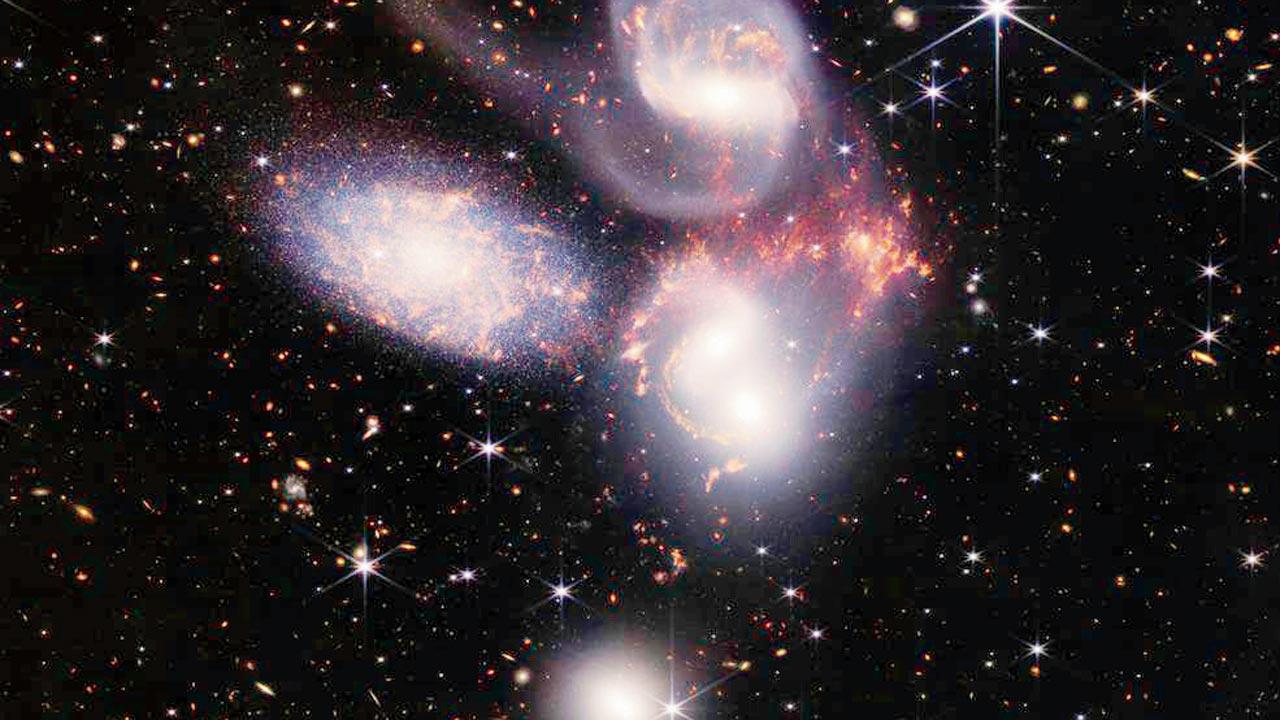
Stephan’s Quintet, a visual grouping of five galaxies. This enormous mosaic is Webb’s largest image to date, covering about one-fifth of the Moon’s diameter. It contains over 150 million pixels and is constructed from almost 1,000 separate image files. The information from the Webb provides new insights into how galactic interactions may have driven galaxy evolution in the early universe
As a young girl, she spent a lot of time in Mumbai, as her father was posted in the Fertilizer Corporation of India to set up a fertiliser factory in Trombay. “We visited him from Lucknow during school holidays and would make evening trips to the Nariman Point, which was still being reclaimed.”
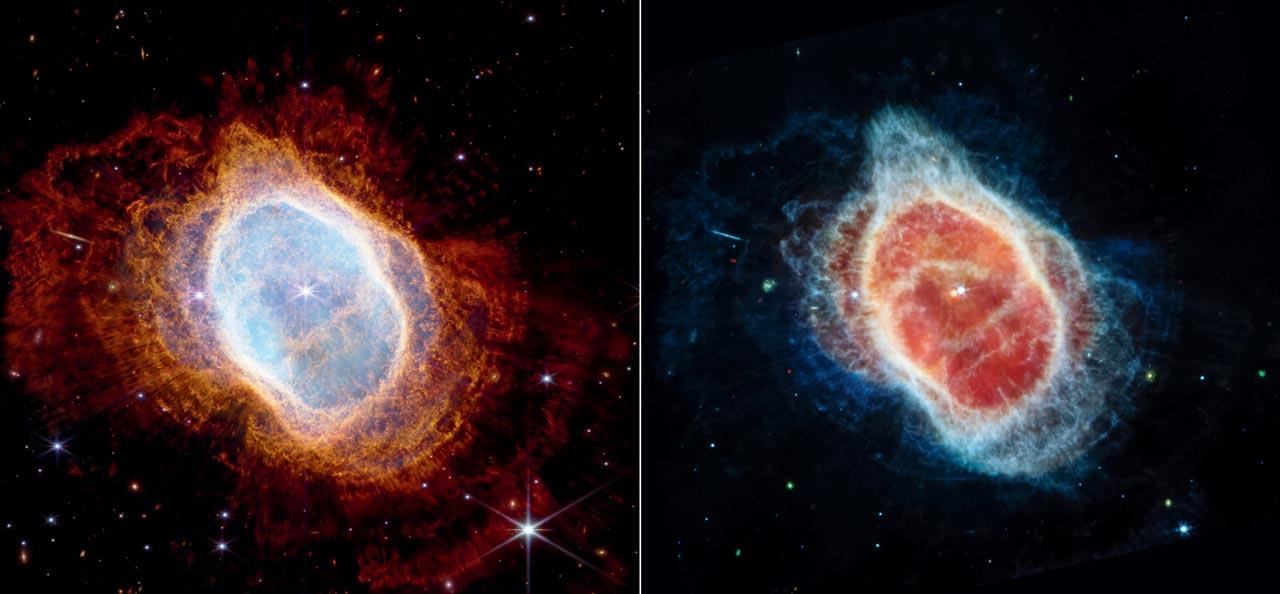
(Left) Two cameras aboard Webb captured the latest image of this planetary nebula, catalogued as NGC 3132, and known informally as the Southern Ring Nebula. It is approximately 2,500 light years away. Pic/NASA, ESA, CSA, and STSCI
After completing her Bachelors in Science from the University of Lucknow, and her Masters in Science from Aligarh Muslim University, she went on to complete her PhD in theoretical nuclear physics on a Common Wealth scholarship from Oxford University. “After my PhD at Oxford, I decided to return to India to join the Tata Institute of Fundamental Research. I went to the US in 1979 as a new bride and then returned to India again as a lecturer at the Bhabha Atomic Research Centre in Mumbai between 1983 and 1985.”
A sudden turn of events took her to Baltimore in 1985. “A new institute had just opened up—the Space Telescope Science Institute—where they were looking to write a simulation software for the optics of the Hubble Space Telescope, which was to be launched. As a theoretical nuclear physicist, I took on the challenge and wrote that software, thus getting myself into a NASA programme. After that, I found a job as a visiting senior scientist at NASA headquarters in 1994. After a four-and-a-half year stint they had a permanent opening of civil servant at NASA in 1999, which I took over,” says Hasan, who has been an American citizen since 1992.
Apart from her role in the telescope, Hasan recently finished the Astro 2020 decadal survey for NASA, where recommendations have been made by scientists on the need for an ultraviolet optical infrared telescope to learn more about exosolar planets and habitable earth like planets. “This will pave the way for a new telescope.”
 Subscribe today by clicking the link and stay updated with the latest news!" Click here!
Subscribe today by clicking the link and stay updated with the latest news!" Click here!







